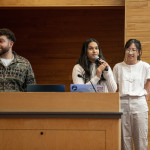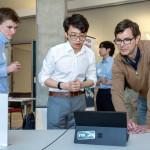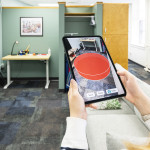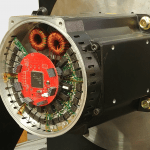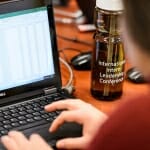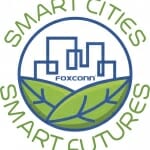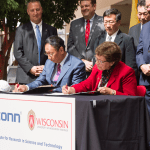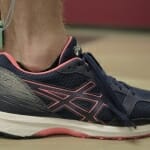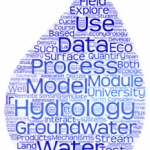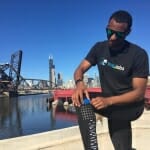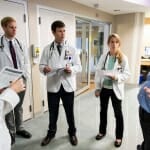Tag Technology
Scrolling for answers
Hundreds of Wisconsin teens are helping UW researchers study the effects of social media. The findings could be transformative.
Computer Sciences capstone prepares to scale experiential learning for students
It’s March 10, and mid-semester presentations are underway in the Computer Sciences capstone course. Dressed in textbook business casual, senior Bill Zhu is addressing 100…
UW Tech Exploration Lab student projects highlight innovation, emerging technologies
Bold ideas, creative problem solving and community impact were at the heart of 24 student projects launched this past semester at the Tech Exploration Lab.
App under development at UW could make it easier, more affordable to ‘age in place’
Using augmented reality, UW–Madison researchers are developing an app to improve the safety and quality of life for older adults who want to age in place.
Study finds 63% of teens have healthy relationship with digital technology
Researchers in the UW School of Medicine and Public Health say family rules on the amount of screen time teens are allowed are less effective in fostering good digital practices than focusing on the content of what they are viewing.
Q&A: A founder of distance education weighs in on its educational benefits
Michael G. Moore says online teaching can be not only more economical than classroom instruction, but, importantly, just as good of a learning experience.
Four UW–Madison student teams among final round “Smart Cities-Smart Futures” winners
The competition promotes innovative ideas to enhance quality of life, improve working environments, expand transportation networks and living spaces, inspire creative city planning and promote sustainable energy solutions in Wisconsin.
Foxconn competition seeks ideas for ‘smart cities’
Individuals and teams with the best ideas will receive technical support as well as financial or in-kind contributions to help develop their proposals for possible implementation.
The brains behind the traffic: 4 questions for mobility maven
David Noyce, director of the Traffic Operations and Safety Laboratory in the UW–Madison College of Engineering, is at the forefront of efforts to streamline highway and vehicle infrastructure for greater safety and efficiency.
UW funds will improve app to help vets at ‘Dryhootch’ coffeehouses
Dryhootch Coffeehouse is a place dedicated to the physical and mental health of U.S. veterans, and now it will use a new grant from the UW–Madison School of Medicine and Public Health to improve an app that connects vets to vets.
Testing the waters for a new kind of graduate teaching
A UW–Madison engineering professor has designed a three-credit graduate course in a virtual university format, with live online lectures delivered to remote audiences.
Use of mobile app reduced alcohol and drug use
The application called Seva provides a discussion board, interactive modules to teach problem solving, tools for coping with cravings and high-risk situations, and other features.
UW startup’s invention featured at Paris fashion-tech show
The wearable system developed by Torq Labs is designed to help runners avoid injury by tracking leg movement with wireless sensors that transmit data to a smartphone app.
The doc sets the goal, then ‘Digital Intern’ goes to work
A UW–Madison spinoff company is refining a medical management software package designed to help doctors treat patients more efficiently.


